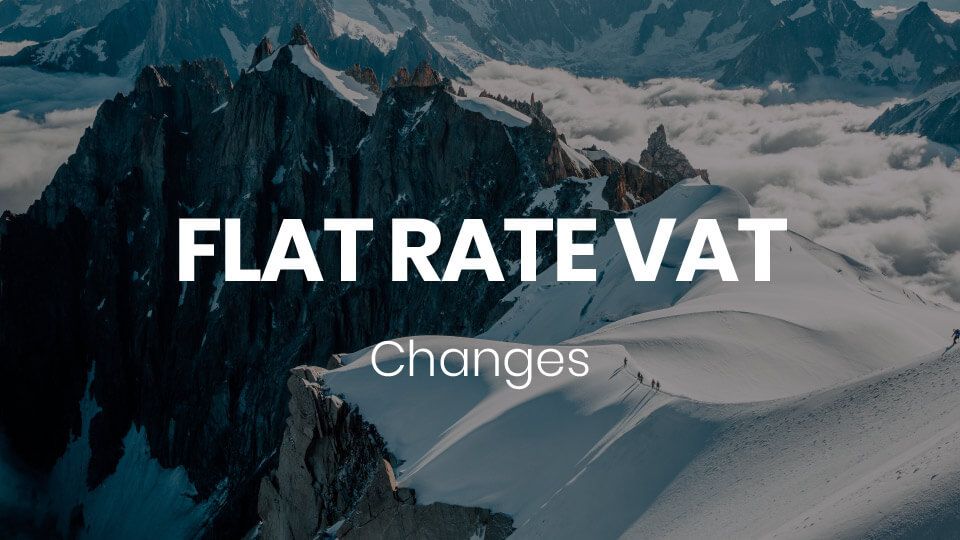Flat Rate VAT Changes

It's important to know how the flat rate VAT changes affect your business. In this video we'll discuss the original flat rate scheme and compare it to the most recent changes.
Limited Cost Trader
Being a limited cost trader simply means that your expenses aren't high enough to warrant the gain received under the flat rate scheme.
HMRC has two criteria which your business must meet in order to keep your original flat rate percentage:
- More than 2% of VAT inclusive turnover is spent on goods
- More than £1,000 has been spent on goods during a trading year
If you spend more than 2% of your VAT inclusive turnover and it's over £1,000 during the trading year, your company will be able to stay on its usual VAT percentage based on trade sector.
If you don't meet these two criteria, you'll be a limited cost trader and have to pay 16.5% to HMRC.
Remember: your percentage is decided each quarter based on these requirements
Should I change my VAT Scheme?
You have a few different options if you're not happy with being a limited cost trader. Although it doesn't financially affect your business - it doesn't provide much benefit either. So what scheme should you pick?
There's the standard rate scheme which will simply be better from a financial perspective, especially if you have a decent amount of VAT expenses. However there is an increase in admin time to keep track of what you reclaim from HMRC.
Another option is to consider de-registering from VAT altogether. You can do this if your annual turnover is below £83,000.
There is no need to register for VAT until you hit the registration threshold of £85,000. If you were considering the flat rate scheme before and changed your mind because you'll be a limited cost trader, you can just remain as an unregistered business.
NEED MORE VAT HELP?
